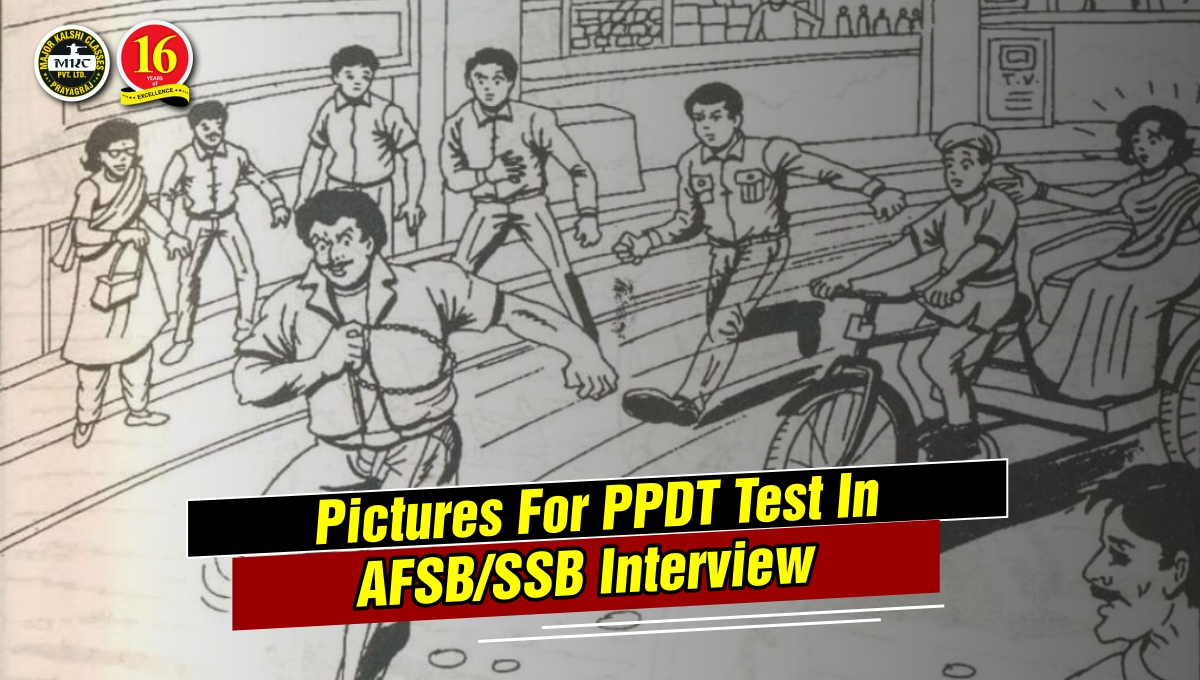Pictures for PPDT Test in AFSB/SSB Interview
PPDT Pictures for SSB : Candidates who prepare for SSB Interview practice a lot for Picture Perception and Discussion Test . Here in this blog , we have provided 15 Sample Pictures for PPDT Test .
PPDT Pictures
Table of Contents
Original PPDT Pictures for SSB Interview: If you want stories or pictures to practice for PPDT (Picture Perception and Description Test), you’re in the right place. We provide detailed answers and videos to help you create PPDT stories quickly.
People who want to join the military and have passed the AFCAT/NDA/CDS written exam are now searching for ways to prepare for the SSB interview. The SSB interview is a series of tests candidates must pass to get selected. In this article, we’ll talk about one of those tests called PPDT and TAT. Make sure to read the entire article because having only half the information won’t help.
Difference between PPDT and TAT
PP-DT stands for Picture Perception and Description Test. It happens on the first day of the SSB interview process, right after the Intelligence test. The Intelligence test checks your IQ (how smart you are), while PP-DT looks at your EQ (Emotional Intelligence) and maturity level. Since only about 30% of candidates pass the screening test, how you do in PP-DT is super important.
Thematic Apperception Test (TAT) is another test. It’s a bit like PP-DT, but you see 12 unclear pictures, and you have to make up a story about them. Your story should have a hero, a challenge or problem, and how the hero solves it.
We’ve put some example pictures below for practice. You can practice writing a story in just 4 minutes after looking at the picture for 30 seconds.
How PPDT is Conducted ?
After a quick introduction, candidates are shown a blurry black and white picture for 30 seconds. After that, they have 4 minutes and 30 seconds to write a story inspired by that picture.
Candidates get a special sheet to write their answers, and they need to fill in some details on the left side:
- Number of people in the picture.
- The genders of those people.
- Their ages.
- The mood or emotions they appear to have.
Read Here – How To Prepare For Psychological Test In SSB Interview ? | Complete Details Of Psychology Test In SSB
Sample Pictures for PPDT and TAT
Practicing Picture Perception and Description Test (PPDT) pictures is really important for people who want to join the Indian Armed Forces. PPDT checks how well candidates can see, understand, and talk about what they see. When candidates practice with PPDT pictures, it helps them get better at noticing details and thinking about things more deeply.
They can learn to look at a picture carefully and get as much information from it as possible. This helps them make a clear and sensible story based on the picture. Plus, practicing with PPDT pictures helps candidates manage their time better during the test. They get used to the kind of questions they’ll see in the test, which makes them more confident and less stressed when they take the real test. Now, let’s check out some of the PPDT pictures that are often talked about in SSB interviews-
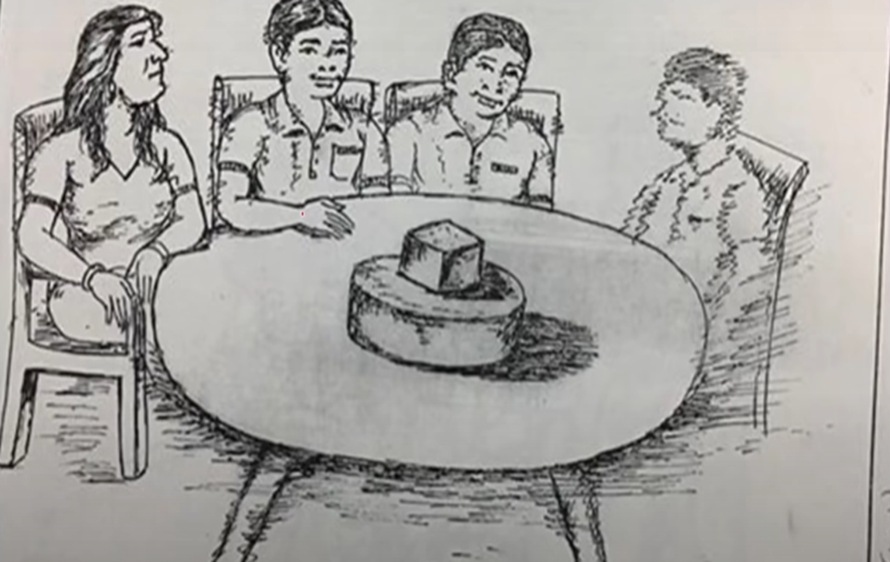
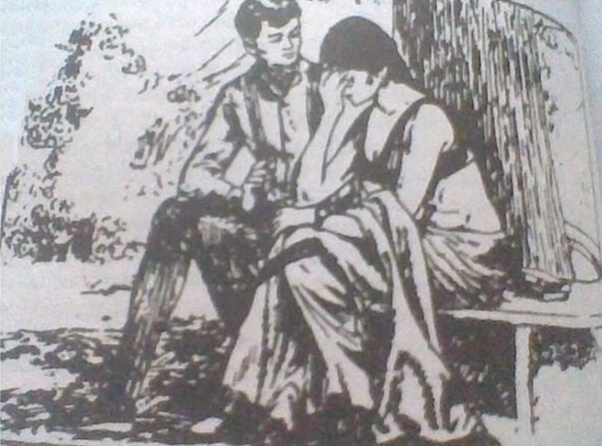
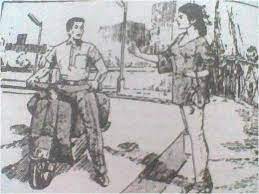
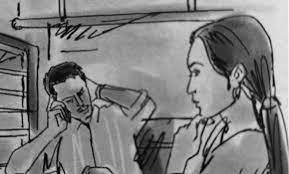
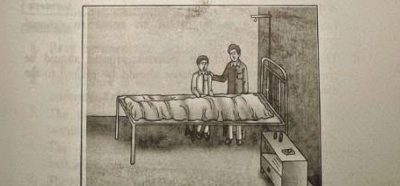
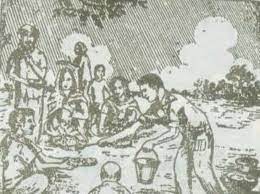
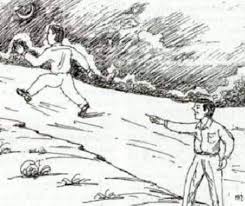

How to Write PPDT Story in AFSB/SSB
Action
Describe what is happening in the picture then.
Narration
Every participant has one minute to share their personal story, so make sure to give it your all because this task puts you directly in the spotlight in front of the assessors.
Discussion
he SSB conducts group discussions (GDs) to assess whether you possess the critical qualities and skills necessary to effectively contribute to the achievement of goals.
Group discussions are an integral part of the SSB interview process because teamwork and leadership are vital skills for success in the armed forces. Military officers often need to work with and lead small groups of soldiers, and the GD task is designed to evaluate a candidate’s ability to do just that. Candidates are also evaluated on their communication skills, knowledge, leadership abilities, listening skills, conceptualization, and more.
The main purpose of the GD is to reach a consensus and create one common story. Remember, your goal should always be to steer the discussion toward this objective of a unified narrative. Therefore, you don’t need to constantly push your own perspective.
You don’t have to speak all the time; your contributions should be sufficient, but when you do speak, use a positive tone and speak with authority and logic. Try to address as many participants as possible and avoid focusing solely on one or two individuals. If you don’t speak at all, you won’t stand a chance. The noise level and competition for speaking can be high, so you must be clever in ensuring your voice is heard.
Frequently Asked Questions :-
- What is the PPDT in SSB?
- The PPDT, or Picture Perception and Discussion Test, is the first test conducted during the SSB interview process. It assesses a candidate’s ability to perceive and narrate a story based on a given picture.
- How does the PPDT test work?
- In the PPDT, candidates are shown a hazy or unclear picture for about 30 seconds and are then given 4 minutes to write a story based on the picture. After that, candidates participate in a group discussion where they share and discuss their stories.
- What are the key aspects evaluated in the PPDT?
- The PPDT assesses several qualities in candidates, including their ability to form a coherent and logical story, their imagination, observational skills, leadership potential, and effective communication during the group discussion.
- What should I keep in mind while attempting the PPDT Test in SSB?
- When attempting the PPDT, focus on creating a story with a clear beginning, middle, and end. Ensure that your story is positive, practical, and has a moral or a lesson. During the group discussion, actively participate, listen to others, and maintain a balanced approach while presenting your viewpoint.
- How can I improve my performance in the PPDT?
- To enhance your performance in the PPDT, practice by looking at random pictures and writing stories based on them within a time limit. Develop your storytelling and narration skills. Also, work on your ability to articulate your thoughts clearly during group discussions. Additionally, staying calm and composed is crucial to perform well in this test.






